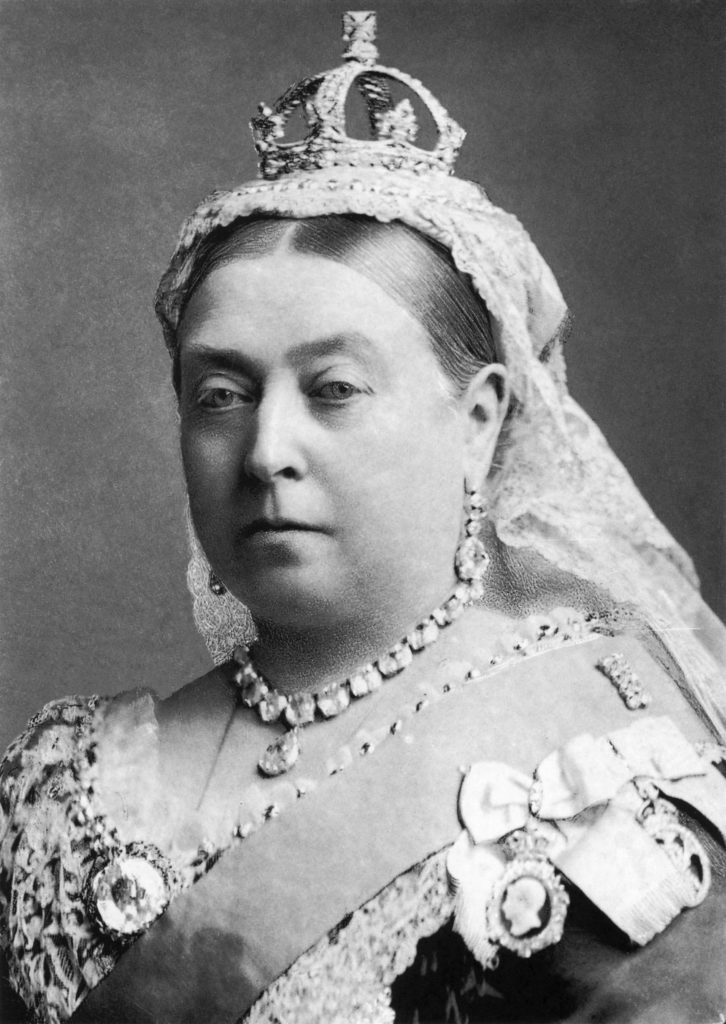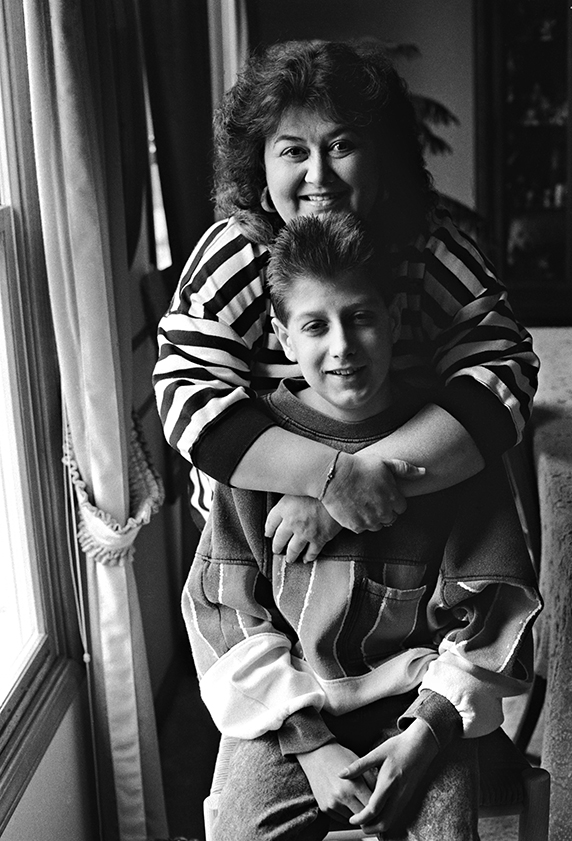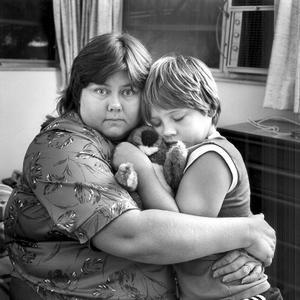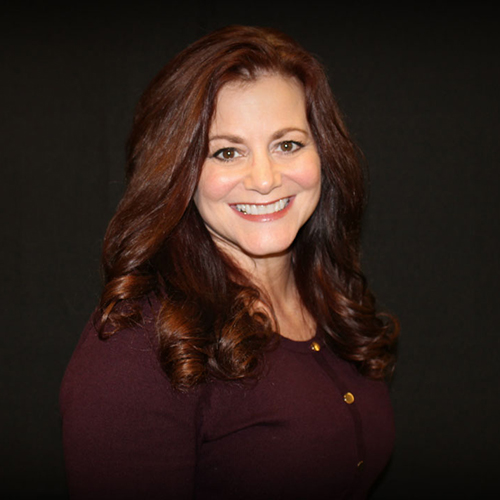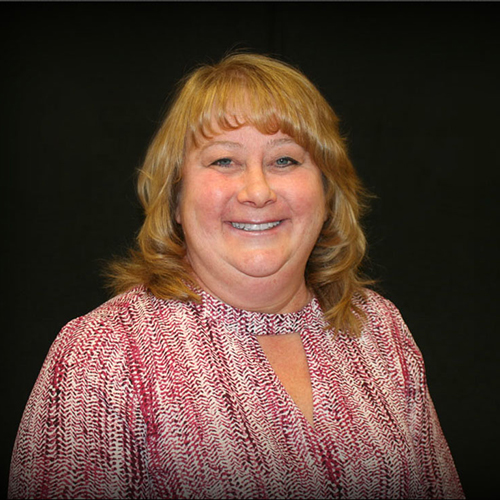The Joy of Giving
“Fundraising is a systematic, coordinated effort inviting people to experience the joy of giving.” Aly Sterling

Last weekend, June 1, I was in New Orleans at the Hope for Hemophilia spring leadership weekend and gala, at the invitation of its president, Jonathan James, who has hemophilia. Hope for Hemophilia is a nonprofit that does in the US what we at Save One Life do overseas: provide direct financial aid for families with bleeding disorders who need assistance. While we have never worked together formally, I sometimes get requests for help here in the US: a plea for rent to be paid for the month, or a heating bill, car payment, co-pay. Even college tuition. I typically will forward the request to Hope first, or maybe HFA’s Helping Hands program, but if the person has already tapped out there, we will try to help them.

There is such joy in giving. Not so much like Christmas gifts or graduation gifts, but a gift that helps a person get ahead in life. A gift with no strings attached, often to a stranger.
Save One Life does this; Hope for Hemophilia does this. And this time, Hope did it to me. Gave me a gift, no strings attached.
Jonathan had not prepared me for the gala, though I had heard it was the most elegant event in hemophilia in the country. Black tie and gowns, everyone was dressed for a ball, and the theme was masquerade. Many people bought charming masquerade masks to cover just their faces, á la Phantom of the Opera.
Doug and I walked arm in arm up a huge flight of stairs to the ballroom, which had such a high ceiling, it felt like a canopy of stars at night. Each of the many tables had huge candelabras; everything was donned in purple, giving it a mysterious, Houdini feel. We sat with Jonathan’s parents, who were charming, and another family, who were founding members of Hope.
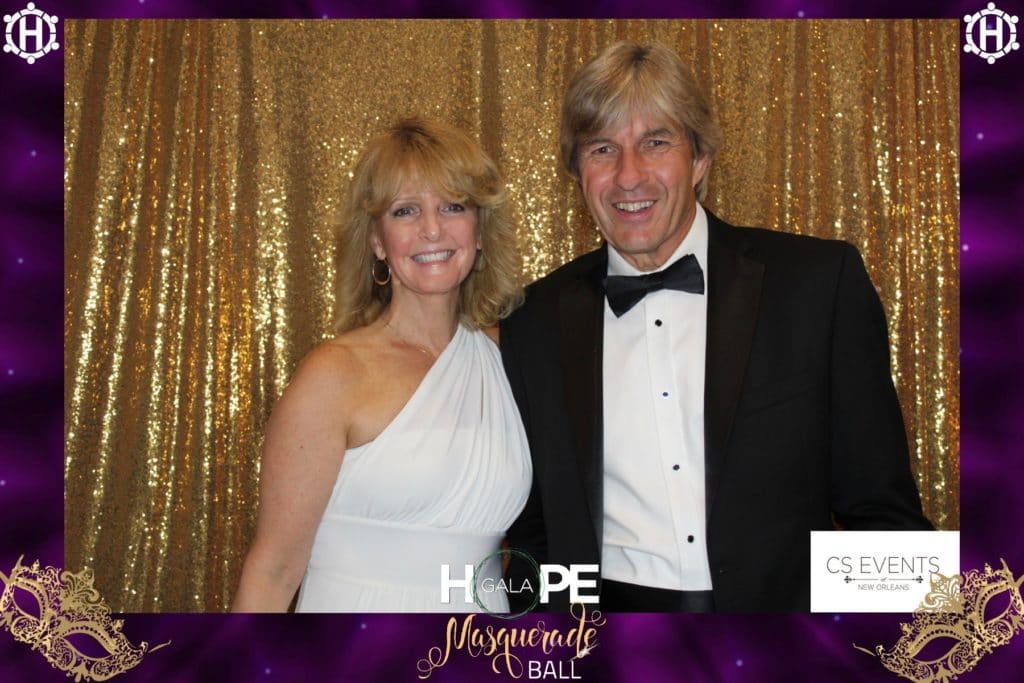
The gift Hope for Hemophilia gave to me that night was not just their Legacy Award, lovely in itself, but a beautiful video, narrated and sincere, which chronicled my story from the birth of my son, to my books, to my work overseas. I was stunned. No one had ever paid this type of tribute to me before. I don’t even have time to organize my own photos; how did they do this? How did they have the time, when they had an entire gala, with over one hundred guests, dancers, music, silent auction…
(See the video here)
It made me realize two things: 1) We truly honor whatever we spend time on. Hope for Hemophilia recognized the time and energy I’ve sent the past 30 years in the community, and I was honored with this amazing video. 2) Giving without any expectation of return. I’ve never donated to Hope for Hemophilia, as I have my own nonprofit to fund. And I give away funding to those in need directly. Jonathan James gave me an award and a video as a gift, pure and simple. And it was so profound. I was very humbled by this gesture.
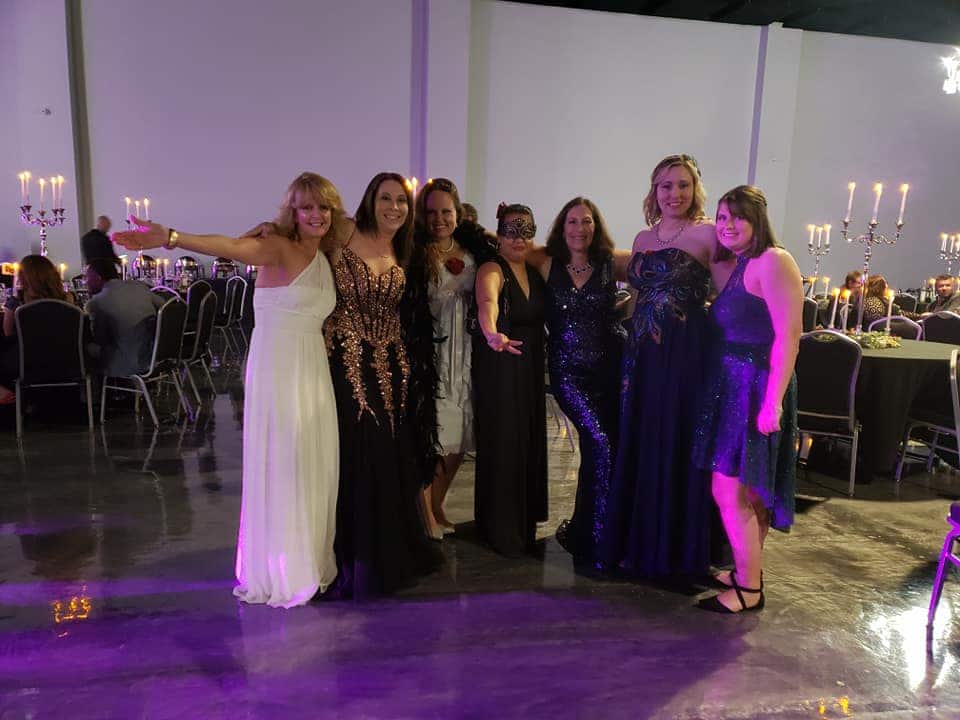
In my acceptance speech, I touched upon this theme. We are put on this earth, I believe, to give without expectation of return on investment. We give because it’s the right thing to do. Because another human being is in need. And what we get in return whether it is immediate or somewhere down the road, or maybe even in the next life, is worth so much more than the gift!
That very week, on Tuesday, a handsome, fit young man of 20 showed up in the Save One Life office. Owen is from Kenya and he wanted to meet Save One Life, since we operate in Kenya. In speaking with him, I found out he also wanted to thank me; 18 years before, he was a two-year-old, in the public hospital, bleeding. There was no factor in Kenya. His doctor, who I know, made a request to us, and we shipped the factor . He was infused, healed and was sent home. Now he is in my home state, studying to be a physical therapist so he can one day work with hemophilia patients.
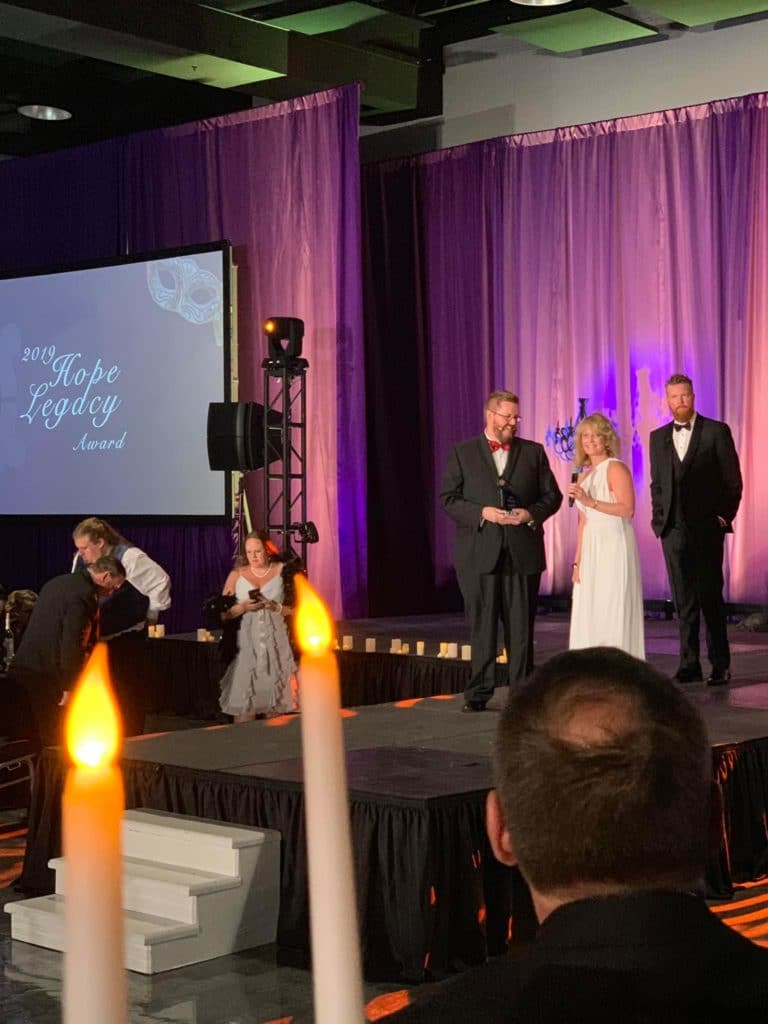
He came to thank me; I was the one who had sent him that factor, 18 years ago. Amazing!
And his gift to me? He will join our board of directors to represent Africa.
Thanks to Jonathan James, Porter Snow and everyone at Hope for Hemophilia for their generous programs, their sincerity in wanting to make the world a better place, and their goodwill and positivity. Thank you for an amazing weekend. I’m pleased to know we share the same values and outlook, and desire to help, and I would love to work with them in the future.
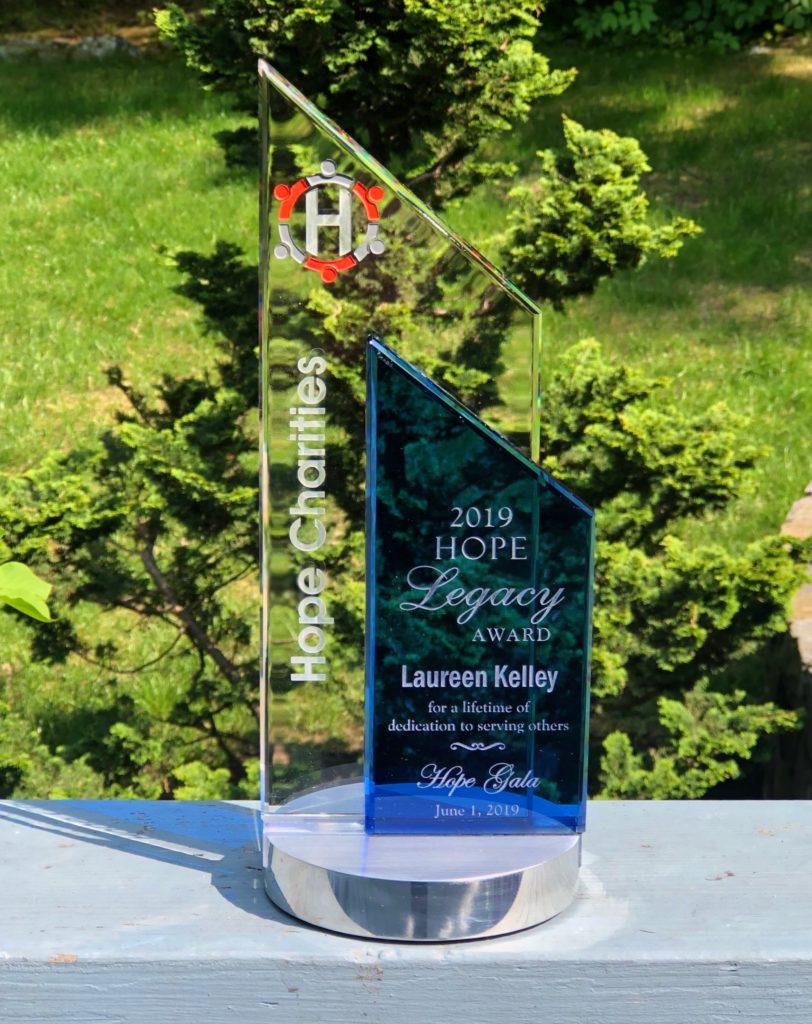
Please be sure to give, without expectations, and experience the pure joy of it!
See the video here.
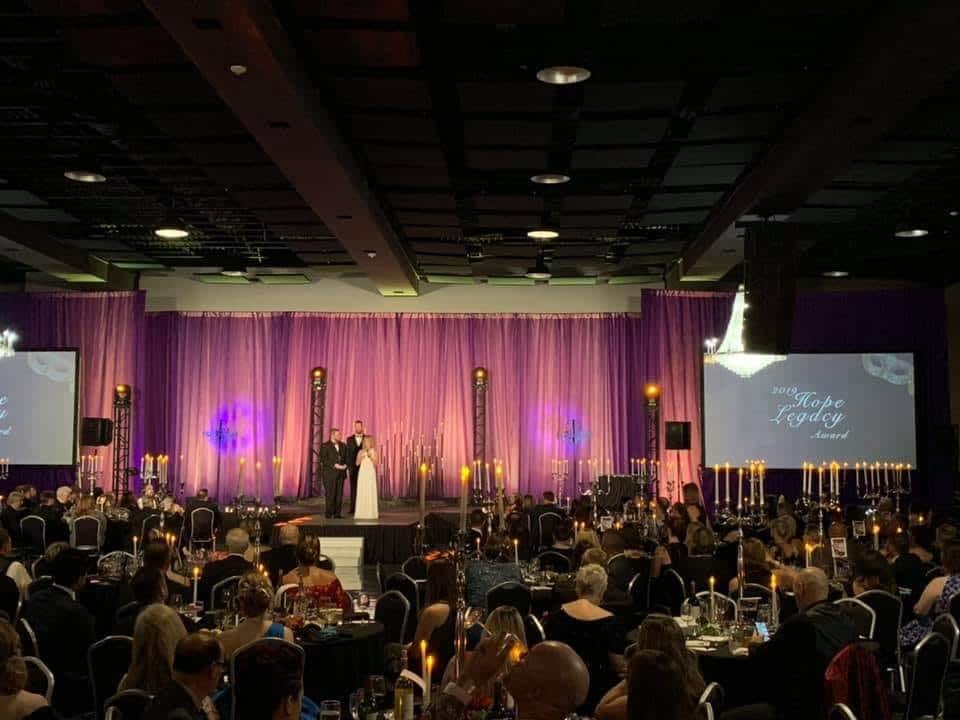

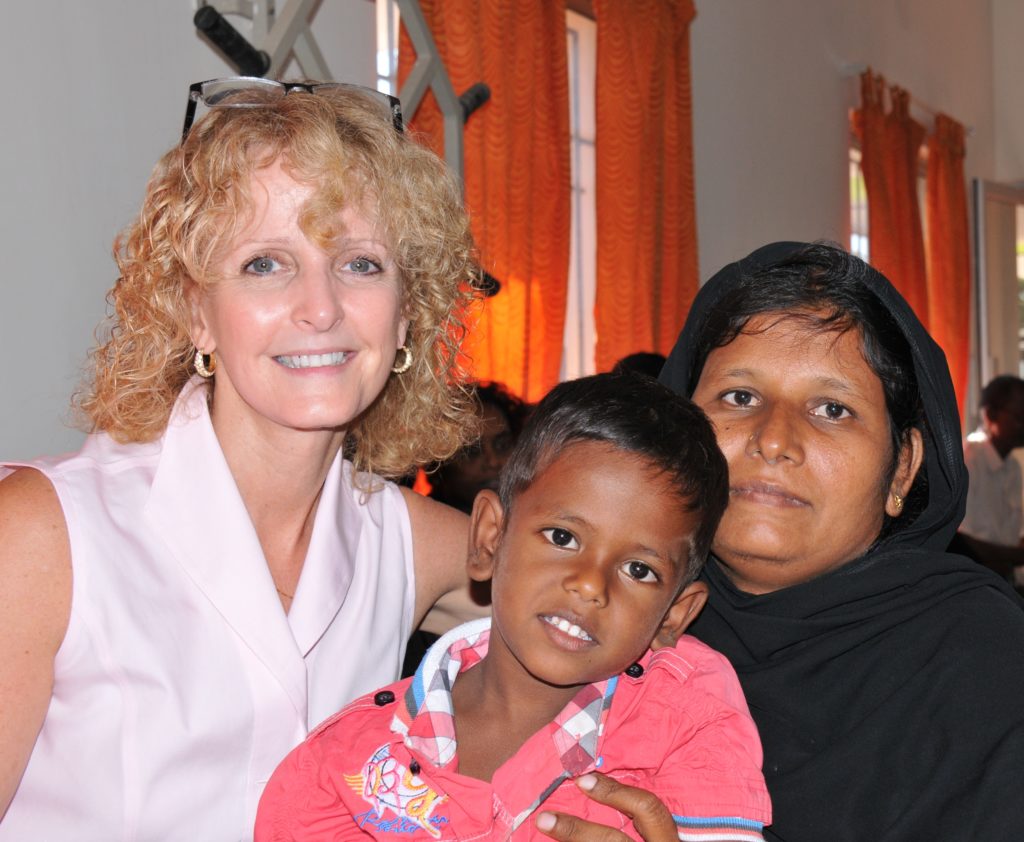
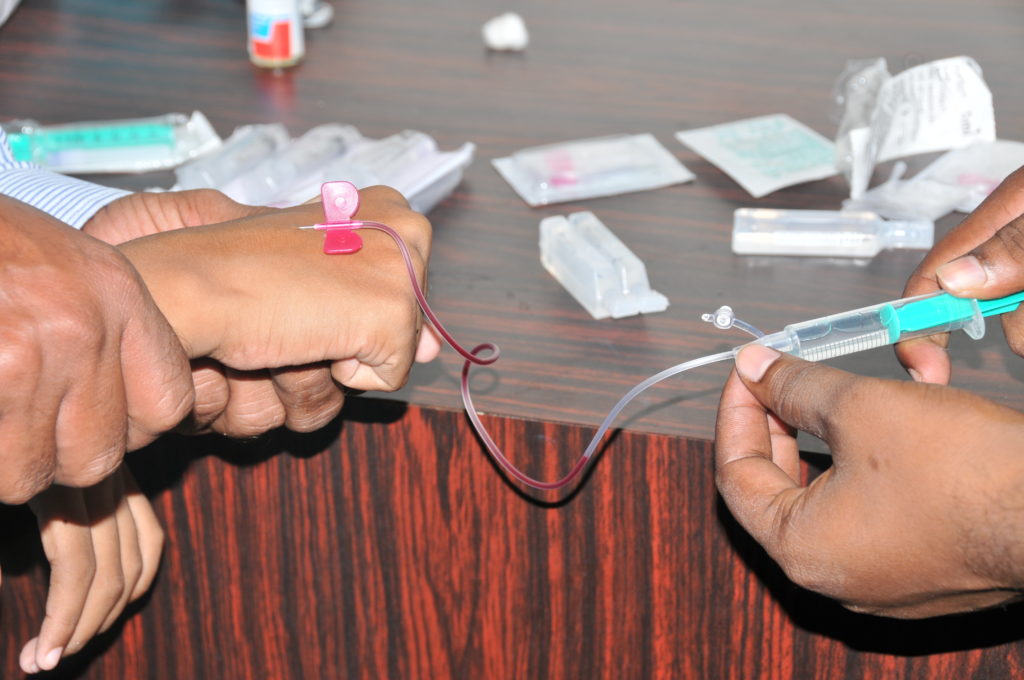
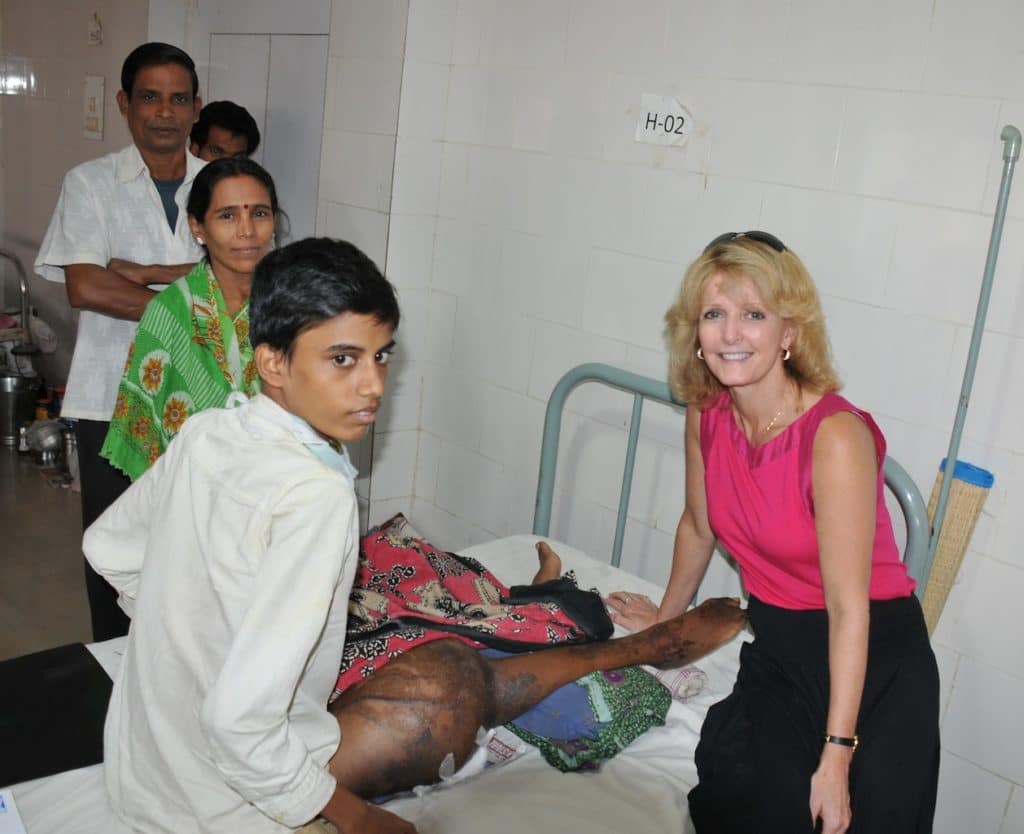
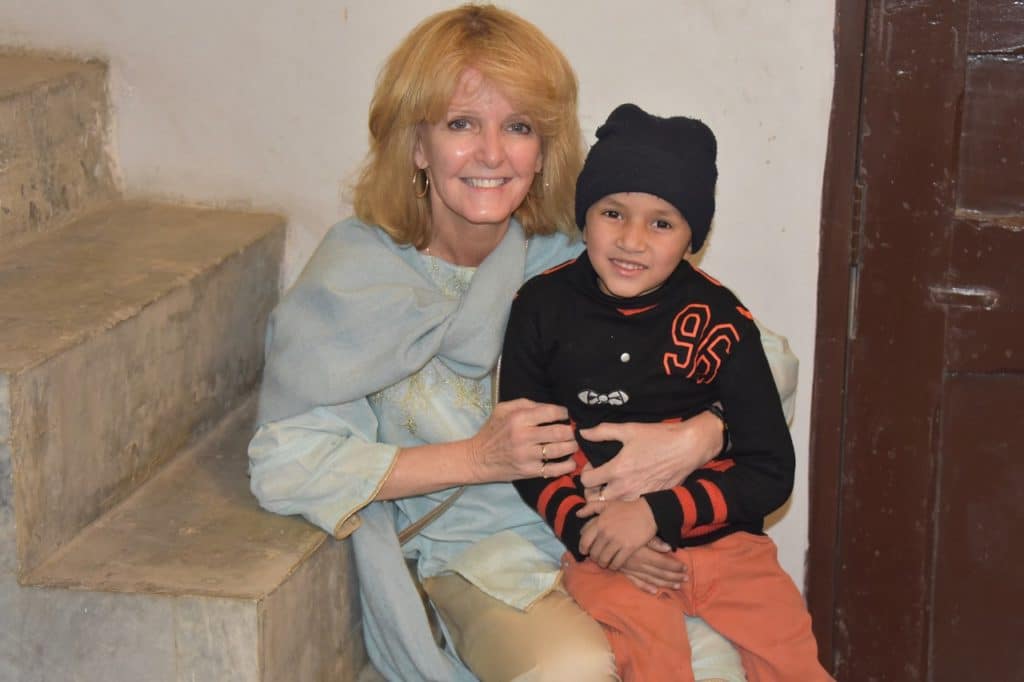
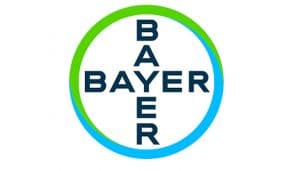
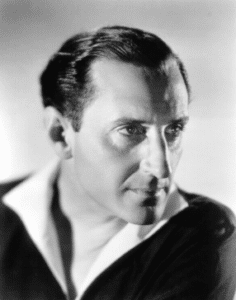 By Richard J. Atwood
By Richard J. Atwood